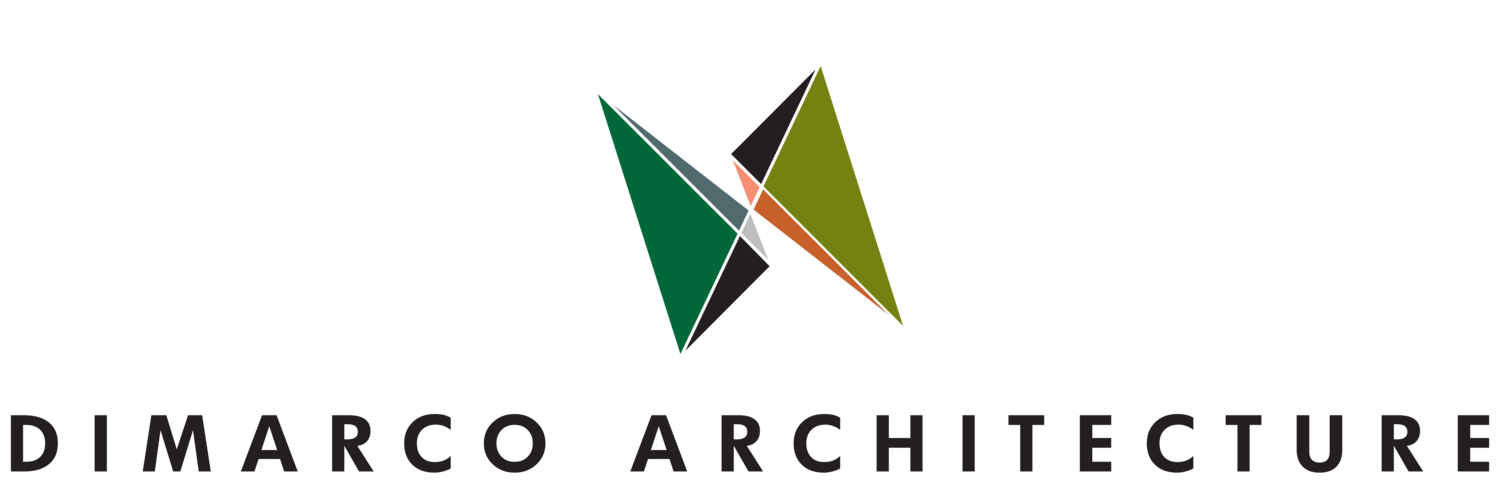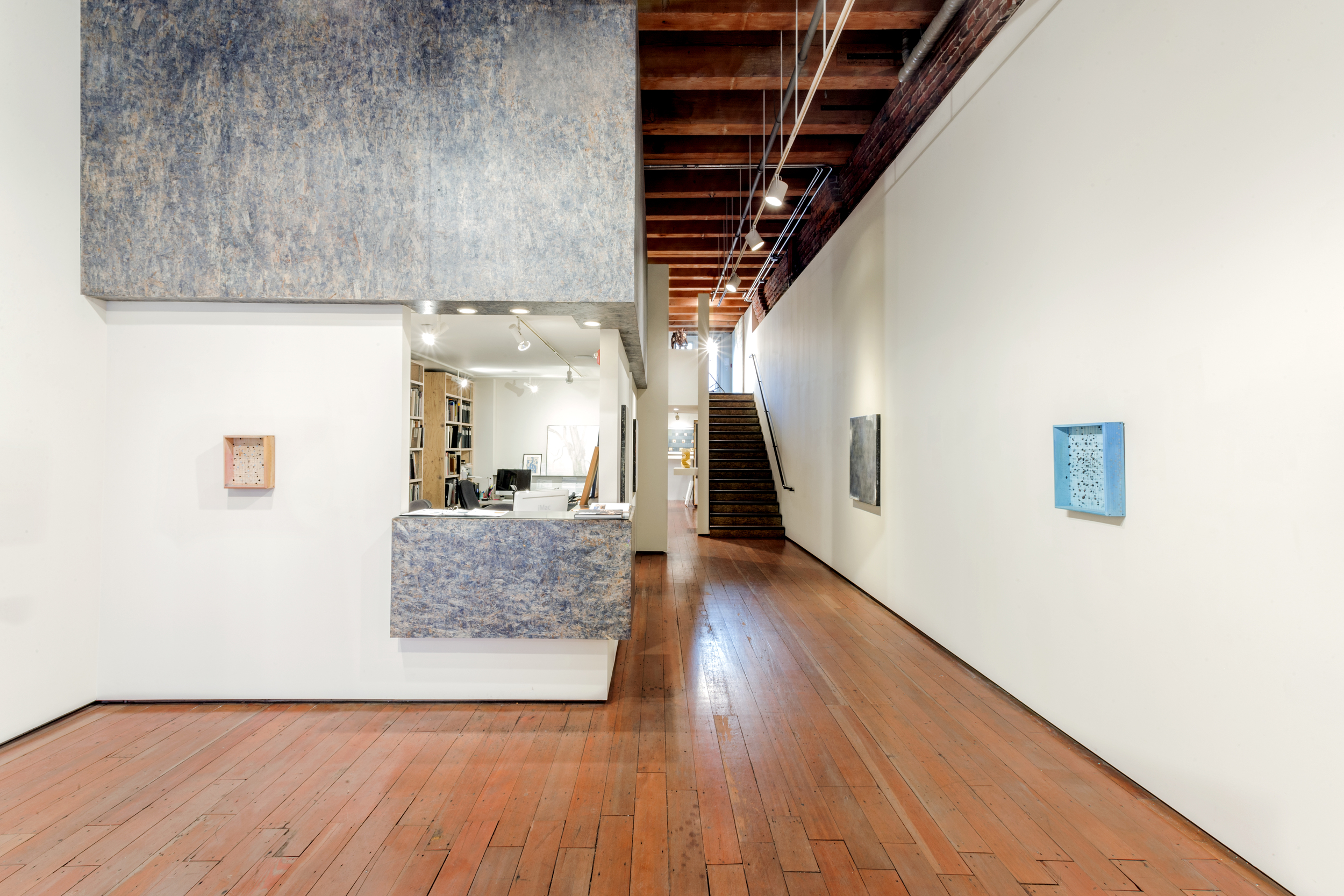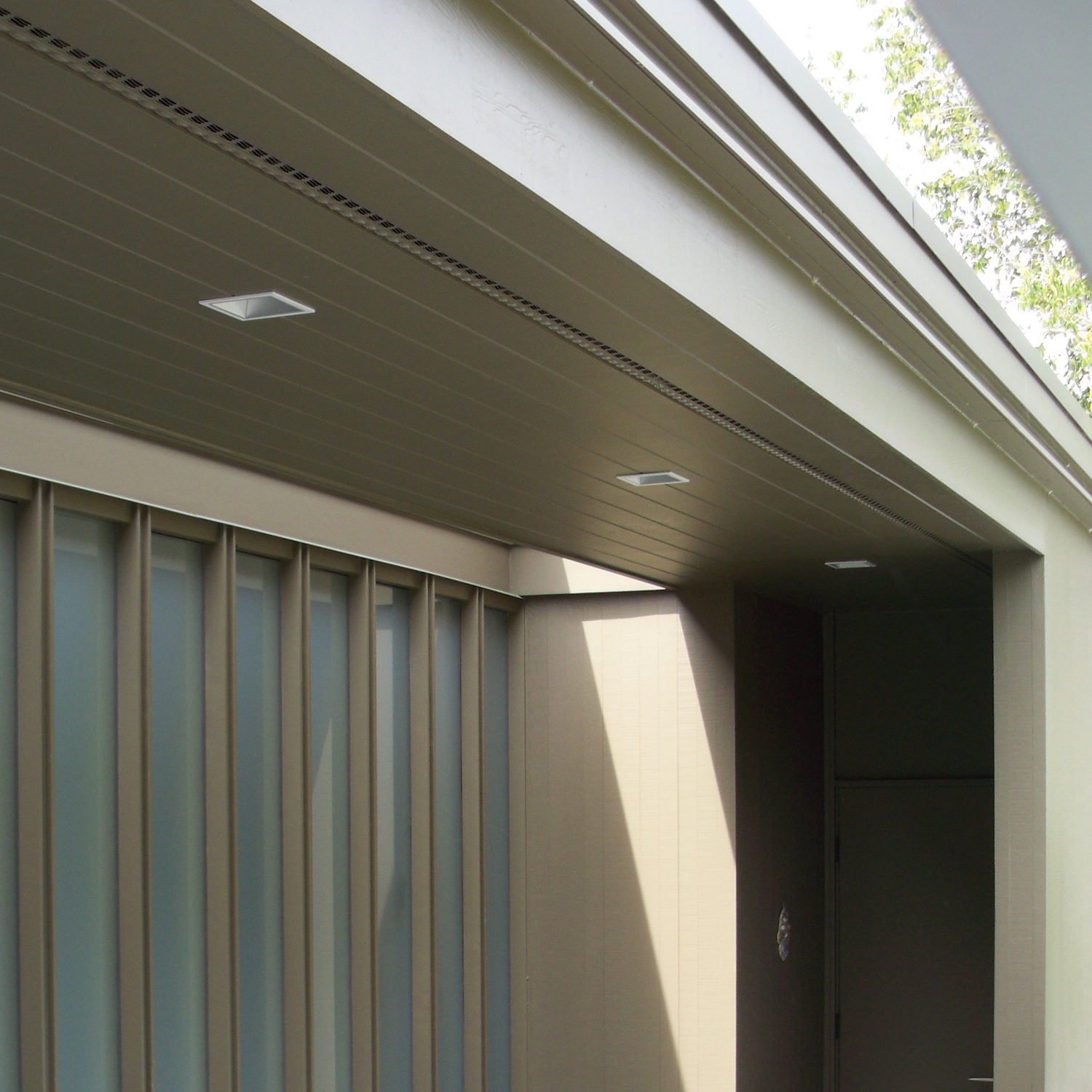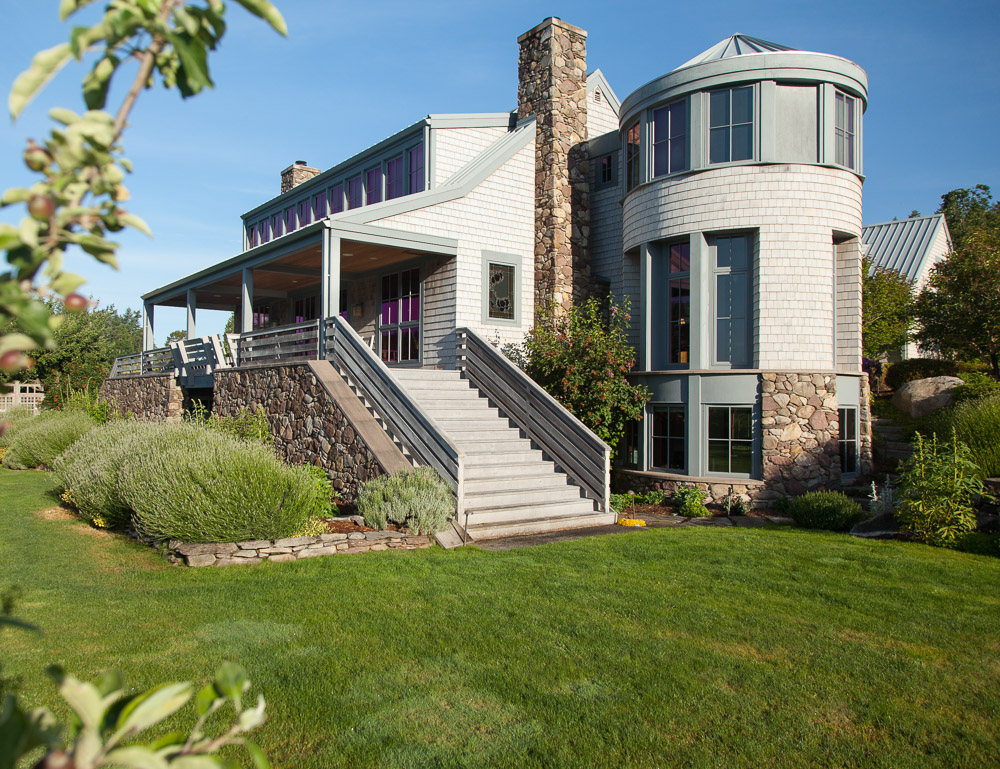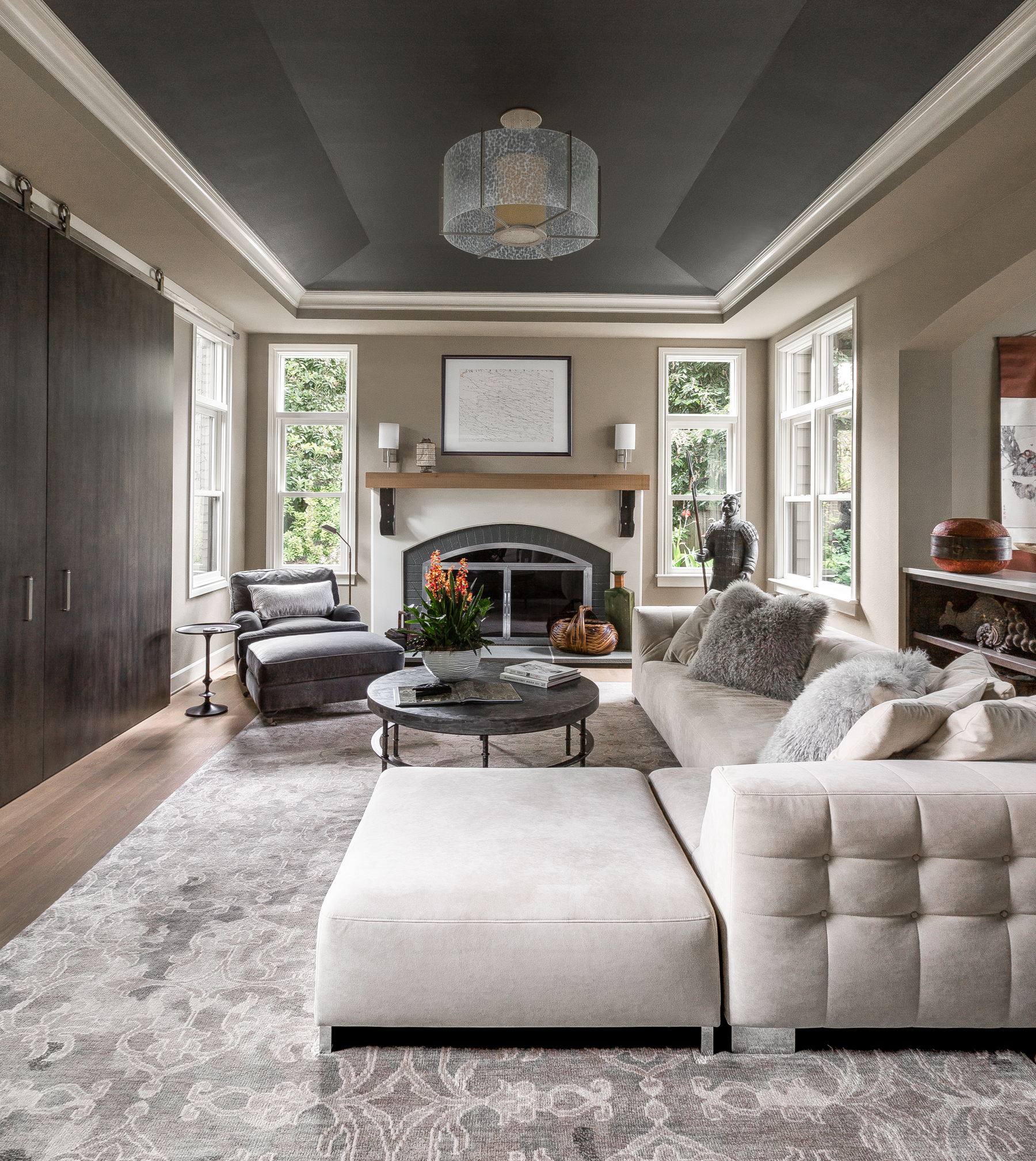Let's construct buildings
that offer extremely low energy use.
Let's create healthy socially-responsible homes that are economical to
build and maintain.
An innovative construction method
using readily available building materials called Passive House can do just that.
MORE LIVING COMFORT, LESS ENERGY
A Passive House combines high-level comfort with very low energy consumption. Passive components like thermal windows, insulation and heat recovery are the key elements. Each Passive House is an active contribution to climate pro- tection. On the outside, Passive Houses are no different from conventional buildings, because the term “Passive House” describes a standard and not a specific construction method.
WHAT'S SPECIAL ABOUT PASSIVE HOUSE?
Exceptionally high level of thermal insulation
Well-insulated window frames with triple low-e glazing
Thermal-bridge-free construction
Airtight building envelope
Comfort ventilation with highly efficient heat recovery
BENEFITS TO A PASSIVE HOUSE
EXTREMELY LOW ENERGY USE
Up to 90% less heating/cooling energy , 60-80% overall energy savings.
HIGH QUALITY INDOOR AIR
Controlled ventilation for continuous, consistent supply of filtered fresh air.
COMFORTABLE INDOOR TEMPERATURE
Buildings are design to easily maintain a steady, comfortable temperature without irritating temperature swings common in draft buildings.
OPERATIONAL AND CONSTRUCTION SAVINGS
Vastly reduced utility bill: elimination of conventional HVAC system: much small alternative energy required, best start to reach a net-zero project; durable, tight building shell reduces maintenance over the life of the building.
PROVEN SUSTAINABILITY
Certified Passive House Buildings have been constructed in the United States from Minnesota to Louisiana, From Maine to California. Globally, more than 20,000 buildings have been constructed using Passive House principles, some zero and even net-positive energy buildings. In fact, the standard is so beneficial, many European countries have already or are in the process of adopting Passive House in their building codes.
HELPING THE EARTH
With buildings contributing as much as 47% of all greenhouse gases, passive house are exponentially friendlier to the environment because of their minimal energy and fossil fuel consumption.
FOR MORE IN-DEPTH PASSIVE HOUSE INFORMATION USE THE LINK BELOW
http://www.phaus.org/learn/passive-house-education/what-is-passive-house-
